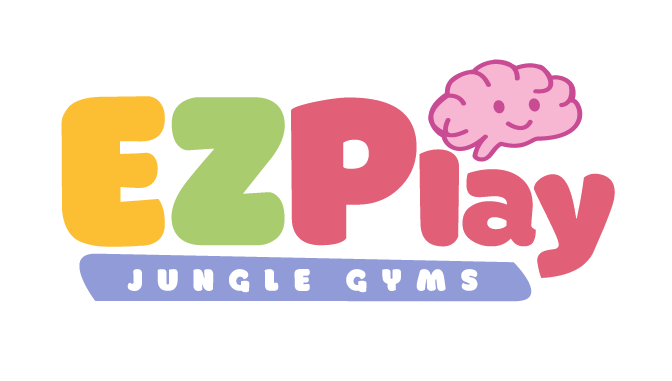
Why Climbing is a Brain-Building Superpower for Kids
Climbing might look like simple play—but it’s one of the most brain-rich activities your child can do.
From a neurological standpoint, climbing activates every major developmental system in the body. Balance, spatial awareness, reflex integration, core strength, and cross-pattern movement all come into play—and when your child uses something like our Bonobo Baby Gym, it all happens in a safe, natural, and repeatable way.
Let’s break down why climbing is so good for the brain—and how you can encourage it at home.

💡 Climbing Builds the Brain in 5 Big Ways:
1. It strengthens the vestibular system
This system controls balance, coordination, and a child’s sense of where their body is in space. Every time a child climbs up, shifts weight, or hangs upside-down—even for a moment—they’re training their brain to handle movement more smoothly and confidently.
Vestibular input isn’t optional for brain development—it’s essential. When babies climb, spin, swing, or even just balance, they’re strengthening neural pathways that support future learning.
2. It improves spatial and body awareness
Climbing teaches the brain how to judge distance, shift body weight, and move with intention. This kind of sensory-motor integration is foundational for writing, sports, emotional regulation, and even sitting still in a classroom one day.
3. It develops core strength and postural stability
Climbing requires the activation of deep abdominal muscles, glutes, and spinal stabilizers. These “hidden” muscles aren’t just about movement—they support posture, organ function, and even breathing. A strong core helps kids feel calm, stable, and in control of their bodies.
4. It sharpens problem-solving skills
Should I reach with my right hand or left? Which foothold is safest? Climbing encourages decision-making, pattern recognition, and trial-and-error learning—all of which stimulate the prefrontal cortex (your child’s executive function center).
5. It integrates primitive reflexes
Climbing encourages crawling, crossing midline, and full-body movements that help integrate retained reflexes—especially the Asymmetrical Tonic Neck Reflex (ATNR) and Symmetrical Tonic Neck Reflex (STNR). When reflexes are integrated, your child is better able to learn, listen, and move freely.
🧠 Why Climbing Indoors Matters
Most kids today aren’t moving enough—especially in ways that challenge their nervous system. Between baby containers, screen time, and flat floors, many little ones miss out on the developmental input climbing provides.
That’s where the Bonobo Baby Gym comes in.
Designed with early brain development in mind, this play gym supports natural climbing movements from as early as 6 months (when baby starts pulling up). Its adjustable triangle design encourages repetition, risk-taking, and the kind of whole-body engagement that drives neurological growth.
Plus, it folds flat for easy storage—and looks gorgeous in your living room. Win-win. 🙌
👶 When Can My Baby Start Climbing?
As soon as your baby is showing signs of pulling to stand, they’re ready to start exploring vertical movement. You’ll see them:
-
Rocking on hands and knees
-
Pulling up on furniture
-
Starting to cruise along a surface
This is the perfect window to introduce the Bonobo Baby Gym. Add a soft mat underneath and supervise closely—but let your baby lead the way. Every climb is a confidence boost and a brain boost. 💥
🏡 How to Encourage Climbing at Home
You don’t need a fancy playground to support climbing. Try these:
-
Bonobo Baby Gym for vertical play
-
Couch cushions and soft obstacles
-
Climbing stairs (safely, with supervision)
-
Tunnels and arches to crawl under and over
-
Your own body as a climbing structure 😄
The key? Keep it safe, accessible, and age-appropriate. And don’t interrupt the flow—climbing is serious work for the brain.

🧠 Final Thoughts from Dr. Stefanie
If there’s one thing I wish every parent knew—it’s that movement is learning. Especially climbing. The brain doesn’t grow by chance. It grows by use—and climbing is one of the most powerful, natural, joyful ways to activate that growth.
Want to support your baby’s brain from day one? Set up your home environment to invite climbing. The Bonobo Baby Gym is a perfect place to start.








